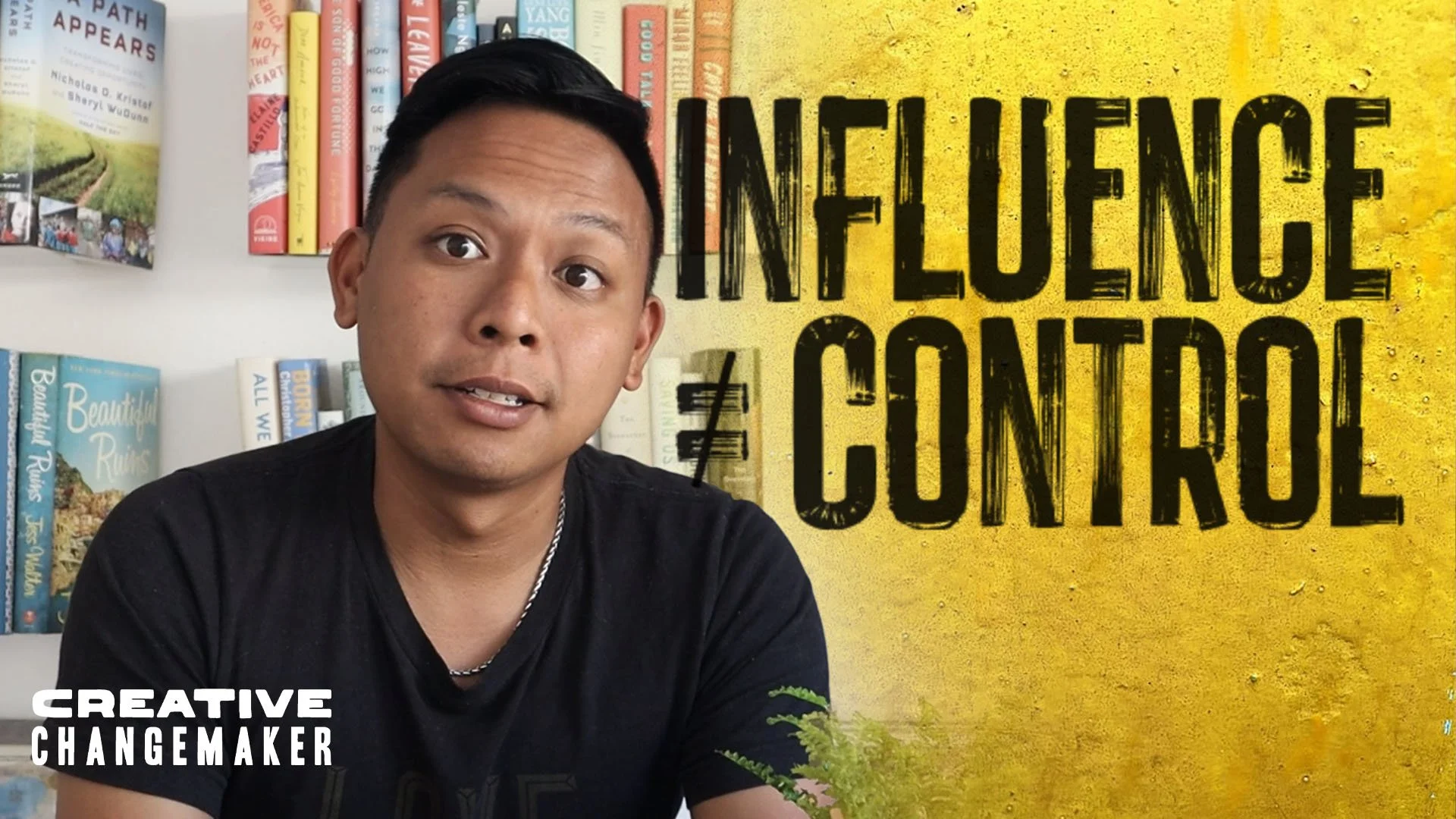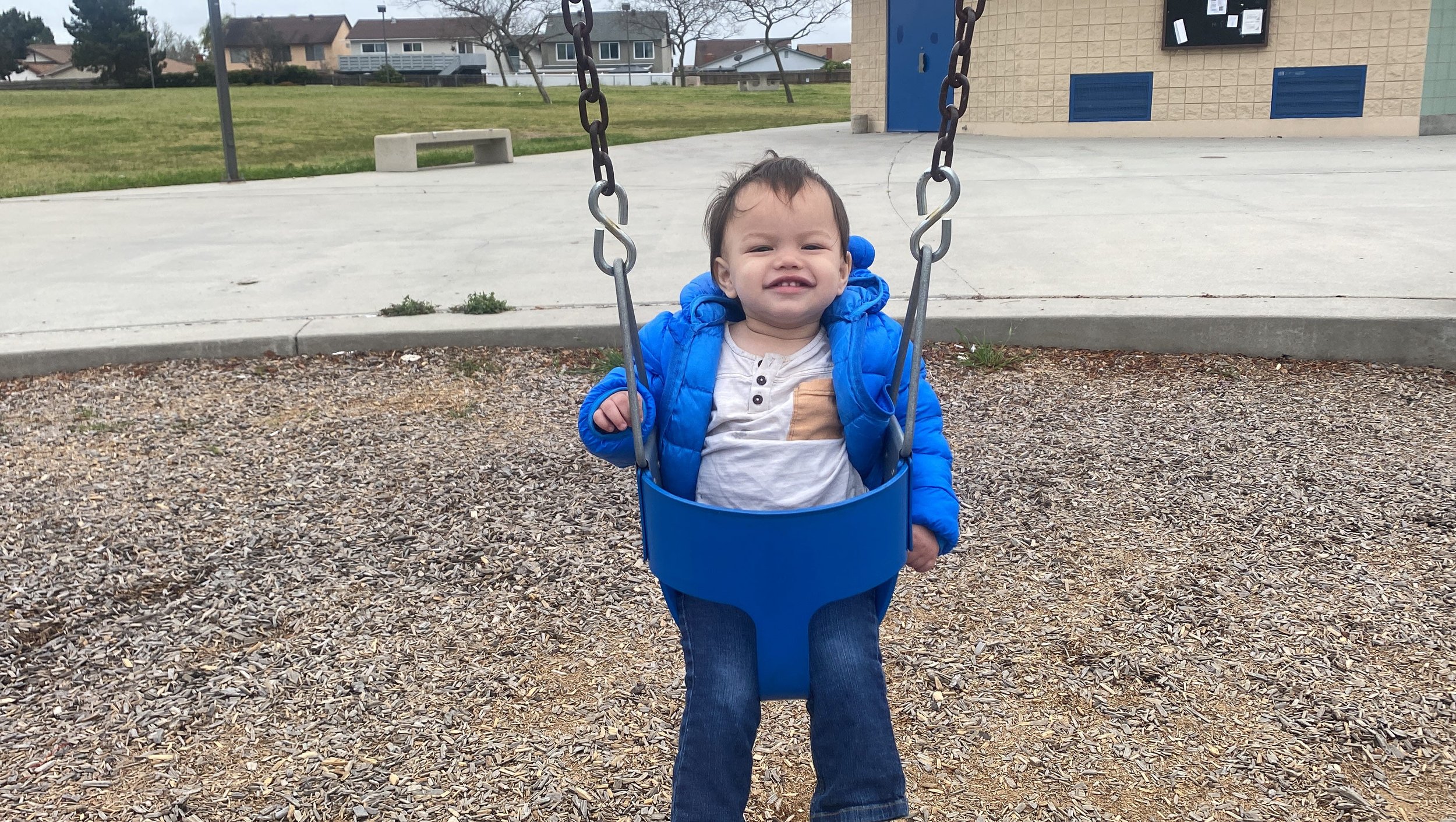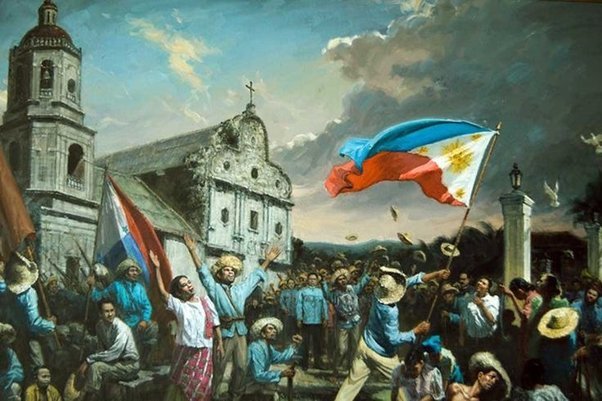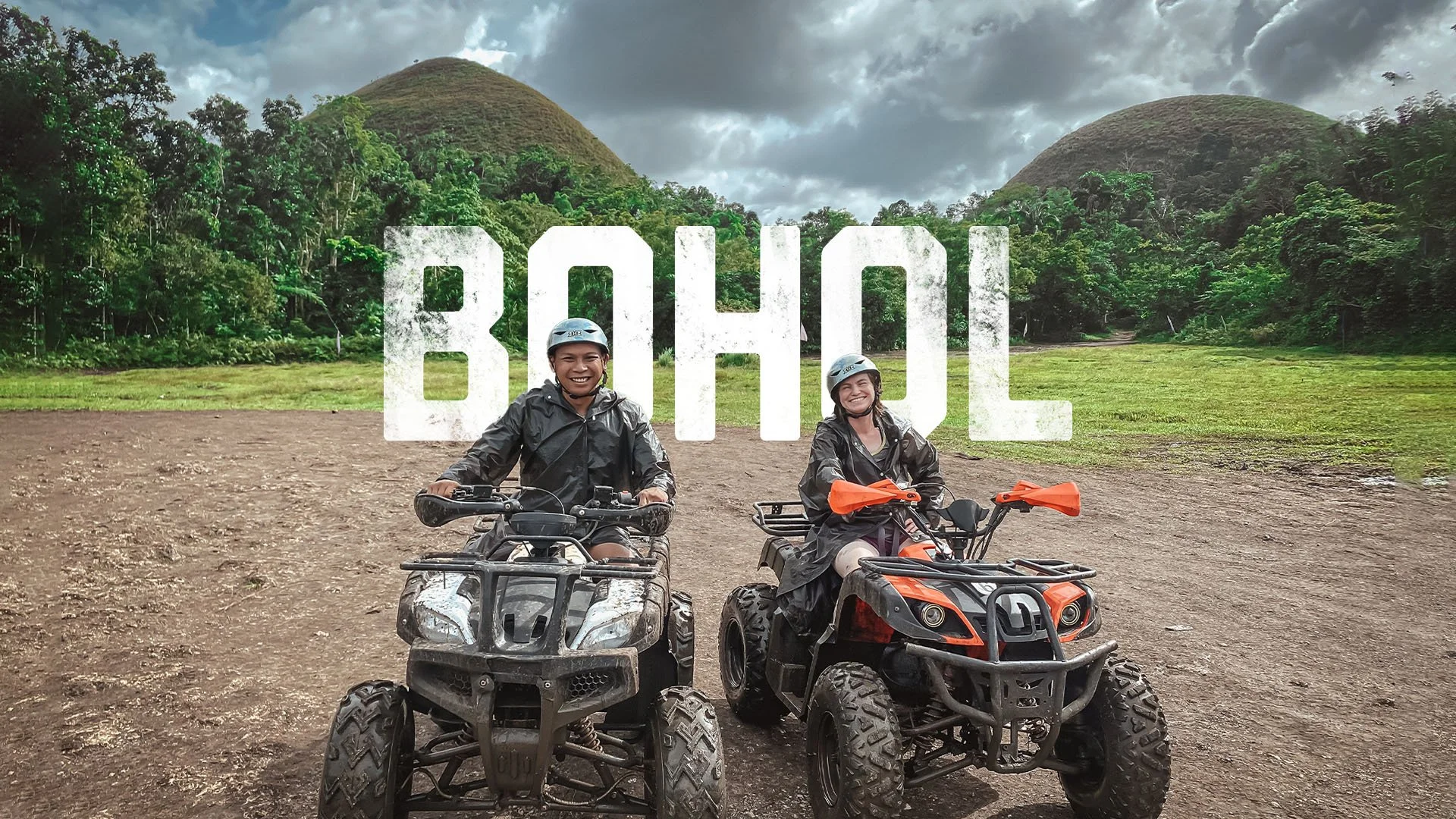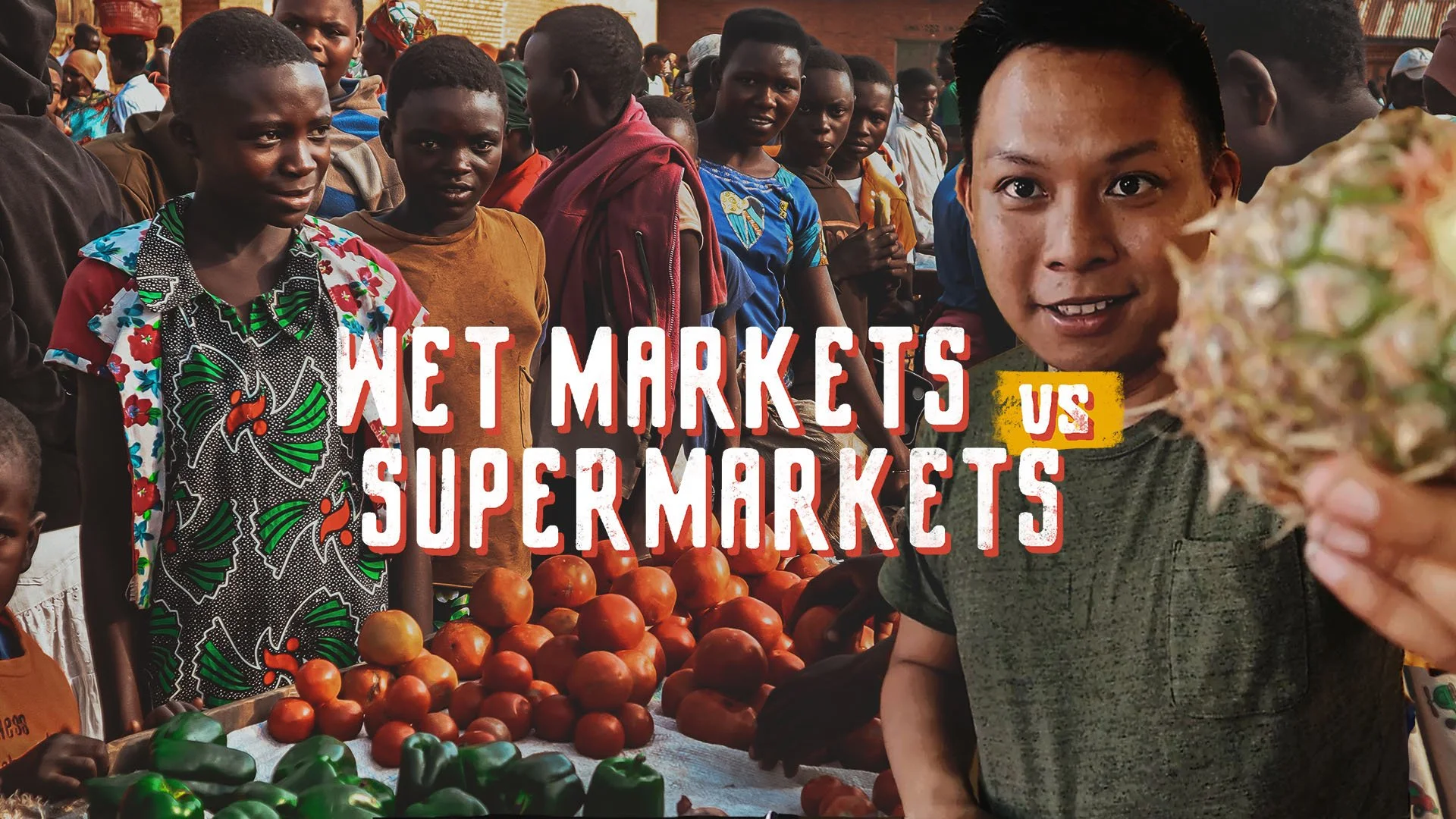Something about me is that I would absolutely opt to live in an animated world. Exaggerated features, tropes that defy physics, impact being visualized in the form of orange stars and dust clouds? Sign me up.
It’s no surprise that pretty much any film that’s ever made me cry has been animated, and these days, a whole bunch of animated features are doing numbers, from Across the Spiderverse and Elemental running a strong theatre game to Nimona doing its thing on streaming.
At my house, my twins are on roughly their 200th viewing of the Aristocats and I’m continuing my very slow quest to catch up on all the Hayao Miyazaki goodies I’ve missed.
Animated films go under the radar quite often, largely because a big portion of the general public will dismiss them as kids’ stuff. And it’s their loss. Some of the most well told stories have been told via animation.
I decided to throw together a rough list of the most underrated animated features in recent years. Note that this isn’t exactly a list of bests or favorites. Some of my personal favorites like Coco, Big Hero 6, or the movie that made my YouTube channel- Raya and the Last Dragon- will be absent. This is a list for the underrated. The ones I simply think didn’t get their just attention. Hopefully you’ll come across a few you haven’t seen yet and make them slightly less underrated.
The Mitchells vs. The Machines
Okay, this one was directed by Phil Lord and Christopher Miller, two of the biggest names behind animated features. It was also up for Best Animated at the Oscars when it came out, so can I really call it underrated? Well, I still don’t encounter enough people who’ve seen it. And the discourse has long faded since 2021. It sticks the landing hard. The plot of a family facing a robot takeover isn’t terribly innovative, but this film manages to stick out from the sea of generic animated adventures with strong visual gags and sincere relationships between characters.
Maya and the Three
I will never think this series gets enough love. Jorge Guitierrez dives deep into Mayan mythology and creates a truly large scale, maximalist quest. This is one where even the minor characters are a big delight. I loved this so much I did an entire YouTube breakdown of its cultural influences… even though that’s not really what I typically do on my channel. Maya is one of the main characters I’ve found most relatable in any series, and we are lucky we got nine whole chapters for this series to unfold.
I Lost My Body
This film is so tragic and funny at moments, it nails a really uncommon and hard-to-pull-off tone. A severed hand makes its way around Paris and through its journey we uncover the life story of the rest of its person… a young man whose family moved from Morocco at an early age and faced some major traumas. I discovered this during my International Film romp of 2020 and this is one of the discoveries that I remember best.
The Book of Life
A second, older entry from Jorge Guitierrez, who is turning into one of my favorite modern animators. The Book of Life has the unfortunate distinction of being “the other animated Dia de los Muertos” movie, which really does a disservice to how beautiful it was. Yes, there are some similarities to Coco (though this precedes it by two years) and I love both films. I’m glad they both exist.
Kubo and the Two Strings
Another film where I'm not sure if it’s as completely underrated as the rest of this list, but it also never got the praise and attention it deserved. Kubo was such a visual delight to see in theatres back when it launched in 2016. The strong stylistic choices were a strong vehicle for a simple but well done plot. Also, Regina Spektor’s While My Guitar Gently Weeps cover is a bop.
Honorable Mention: Over the Moon
If you want a film that captures a lot of the high points of Kubo and the Two Strings plus The Book of Life, I’m also a big fan of Over the Moon. The middle slows down just a tad too much for me to consider it on par with the rest of this list, but not by too far of a gap.
Loving Vincent
Vincent Van Gogh knows something about being underrated and underappreciated… and it looks like his movie went that direction as well. He is truly a standout sensitive soul, and the film does a good job of drawing people in to the enigmatic but winsome artist. The whole film is animated in a visual style resembling Van Gogh’s paintings, and that in itself is a strong feat









